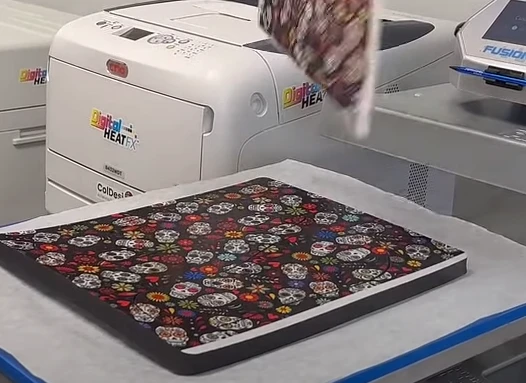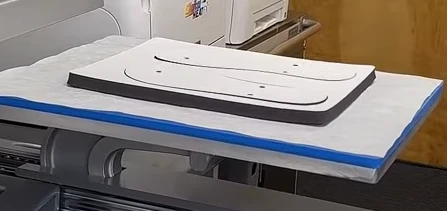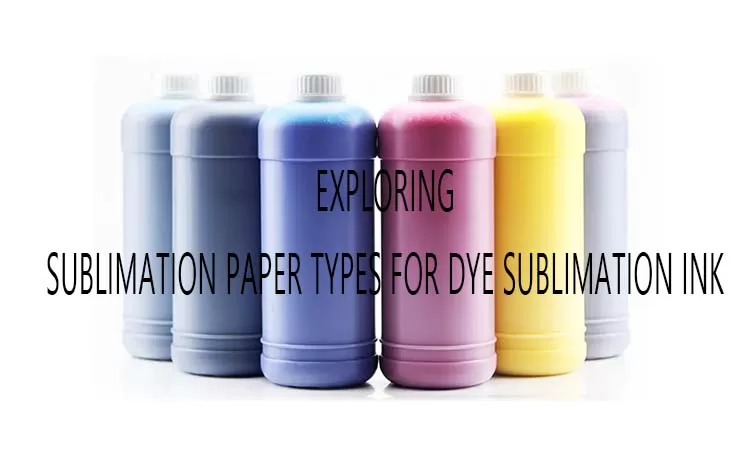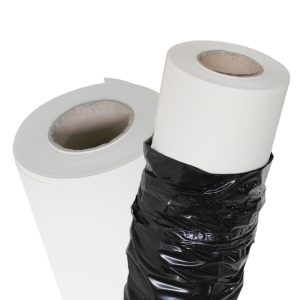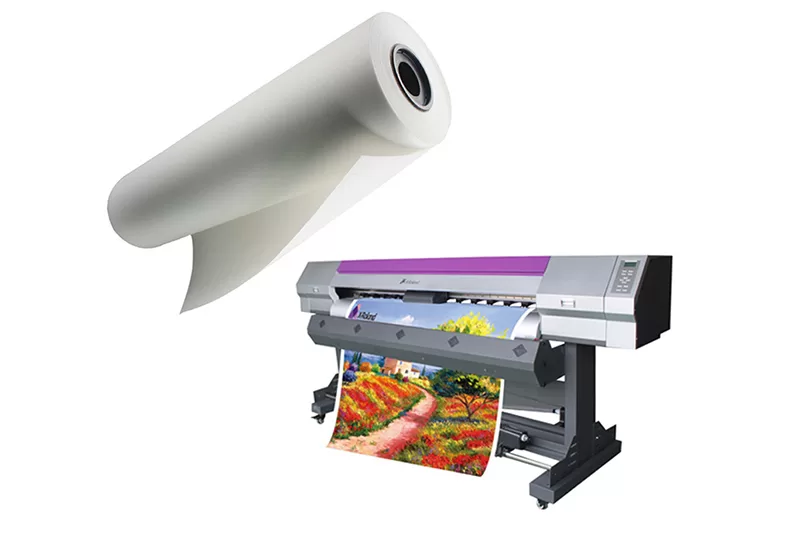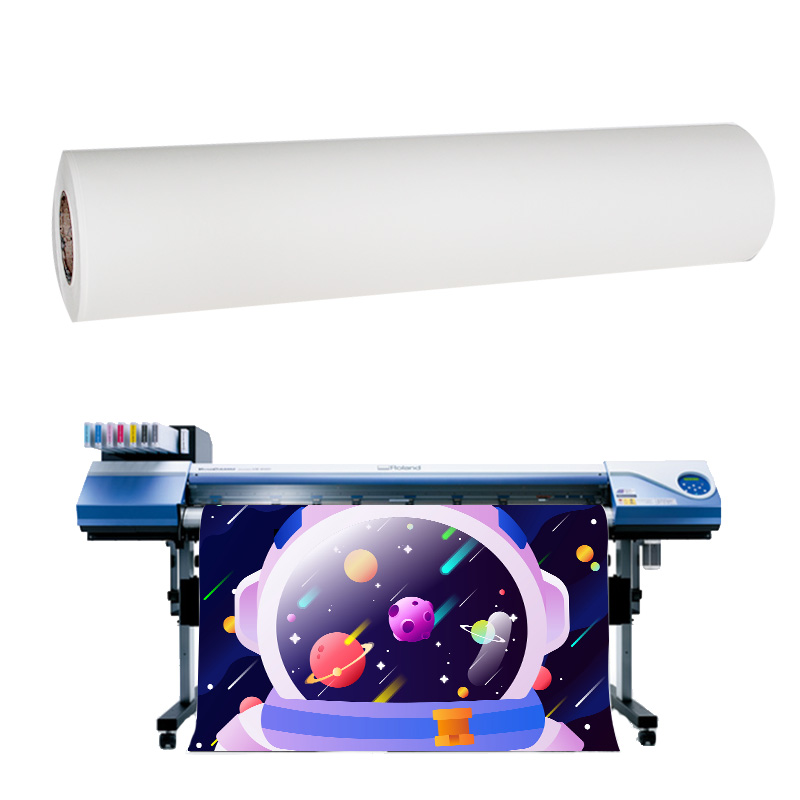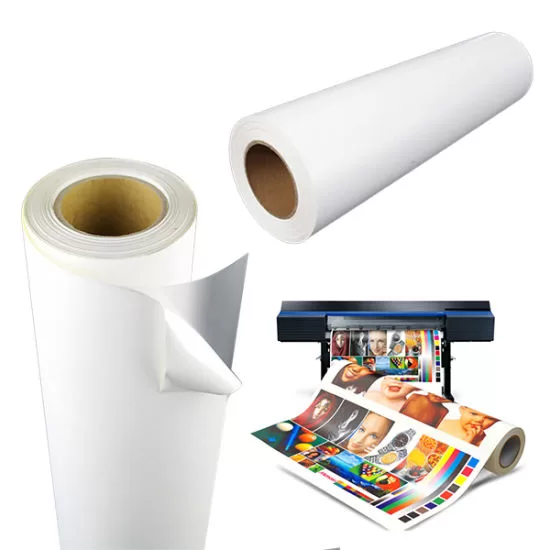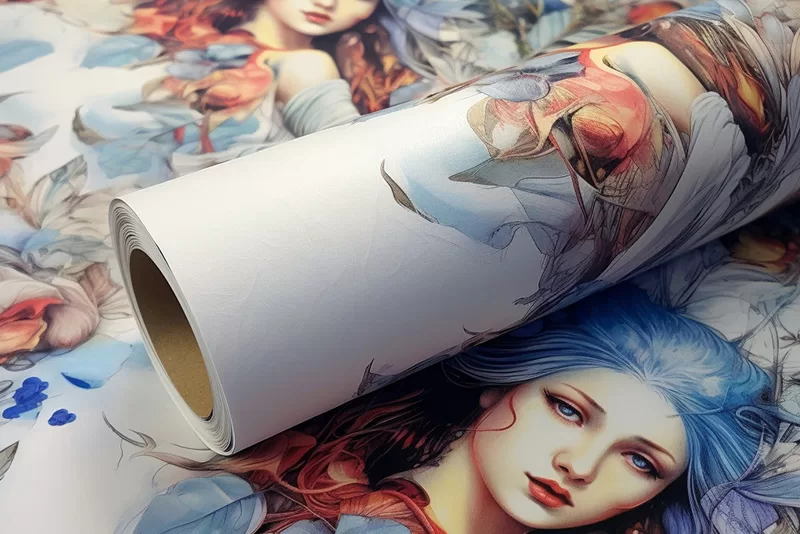Dye sublimation paper transfer printing is a popular method used to transfer high-quality images onto various substrates, including fabrics, ceramics, metals, and more. While this printing technique offers numerous advantages, it can sometimes present challenges that require solutions. In this article, we will address frequently asked questions (FAQs) related to dye sublimation paper transfer printing and provide practical solutions to overcome common issues.
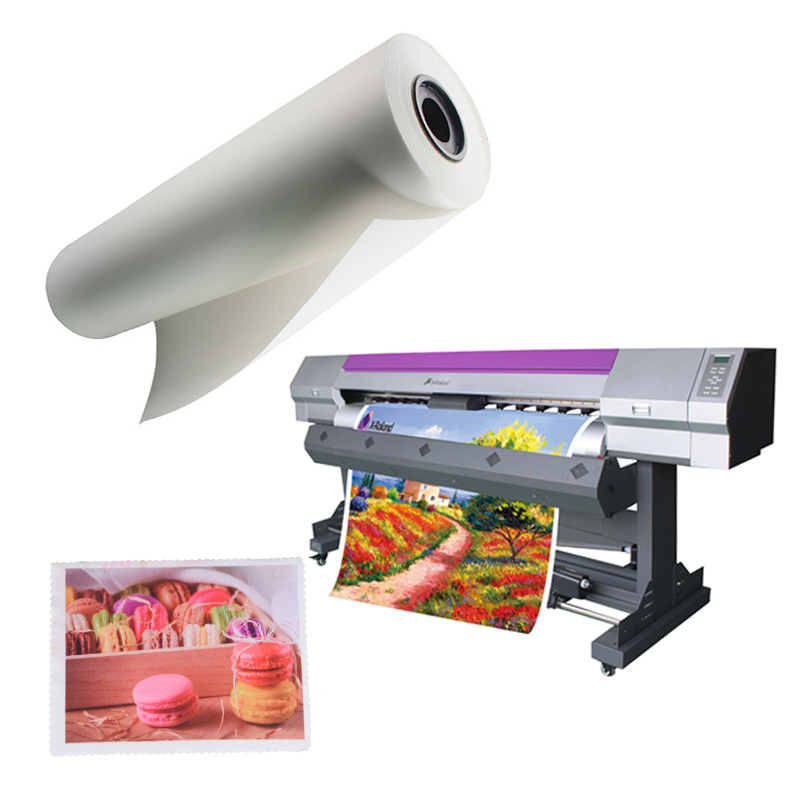
Q1: What is sublimation paper transfer printing?
A: Sublimation paper transfer printing is a process that uses heat and pressure to transfer dyes to the substrate. In this design, dye ink is first printed on special dye-sublimation paper. The paper is then placed on the substrate and heated, allowing the dye to sublimate and penetrate the surface, resulting in vibrant and long-lasting prints.
Q2: What materials are suitable for sublimation paper transfer printing?
A: Sublimation paper transfers are compatible with a variety of materials, including polyester fabrics, tiles, aluminum panels, glass, and some types of coated plastics. The key requirement is that the material has a polymer coating or polyester that allows the ink to sublimate and bond effectively.
Q3: Why do I sometimes encounter inconsistent printing colors?
A: Colors may vary due to various factors. First, make sure you use high-quality dye-sublimation paper and the right ink for your printer. Also, make sure your printer settings and color profiles are calibrated correctly. Environmental factors such as temperature and humidity can also affect color consistency, so it is important to maintain a controlled printing environment.
Q4: How to avoid smudging or ink bleeding during the transfer process?
A: To prevent dirt or color from bleeding, make sure you use a proper heat press with even heat distribution and consistent pressure. Follow the recommended times and temperatures for your specific sublimation paper and substrate. It is important to maintain a clean working environment in order to avoid dust or debris from interfering with the transfer process.
Q5: What should I do if my print is faded or lacks vibrancy?
A: Faded prints or lackluster colors may be caused by insufficient heat or pressure during the transfer process. Make sure to follow the manufacturer's descriptions for temperature and pressure settings for a given substrate and sublimation paper. Consider using higher quality sublimation inks and paper, as lower quality materials may affect the brightness of the colors.
Question 6: How to prevent unnecessary lines or stripes from appearing in the printout?
A: Unwanted lines or streaks can be caused by a variety of factors. First, inspect your sublimation paper for obvious defects or damage. If so, replace with a new batch of paper. Make sure the printer head is clean and free from blockages. Also, lines or streaks may appear during the transfer process, so avoid overhandling printed dye-sublimation paper.
Q7: Can the sublimation paper be used repeatedly for multiple transfers?
A: No, the sublimation paper is for one time use only. After transfer, the ink is completely transferred to the substrate and the paper is not used anymore. Reusing dye-sublimation paper may result in poor image quality and unpredictable results.
Q8: How can I get a clear and delicate printing effect?
A: In order to obtain a clear and detailed printing effect, please ensure that your original design has sufficient resolution. Use high-quality sublimation paper, which has excellent ink absorption and release properties. Keep your printing environment clean and free of dust and debris. Optimize your press settings and select the appropriate print mode for maximum detail. Consider using image editing software to improve sharpness and clarity before printing.
Q9: What should I do if my print looks blurry or distorted?
A: Due to various reasons, printing may be blurred or distorted. First, check that the sublimation paper is firmly placed on the substrate during the transfer process. Make sure the heat press provides even pressure and heat distribution. If the problem persists, double check the alignment of the print on the paper and adjust as necessary. It is also important to use compatible dye-sublimation inks specifically prepared for your printer model.
Q10: How should I handle and store the sublimation paper in order to maintain its quality?
A: To maintain the quality of the sublimation paper, please handle it with clean and dry hands to avoid transferring oil or water to the surface of the paper. Store paper in a cool, dry place out of direct sunlight and moisture. Seal unused paper in a resealable bag to protect it from the elements. Avoid bending or folding the paper as it may affect performance during printing.
Q11: Can sublimation paper be used with non-polyester fabrics or substrates?
A: Dye-sublimation paper is best suited for substrates that have polyester substrates or polymer coatings. The sublimation process relies on the combination of ink and polyester fiber or coating to form a permanent image. If you would like to transfer your design onto a non-polyester fabric or substrate, consider alternative printing methods such as heat transfer vinyl or direct to garment.
Question 12: How to solve the problem of color accuracy in printing?
A: If you experience color accuracy issues, please calibrate your monitor first to ensure that your design files are in the correct color profile. Make sure the color settings between monitor, printer and dye sublimation ink use color management software. If the problem persists, consult your printer manufacturer's support or seek color calibration from a professional technician.

